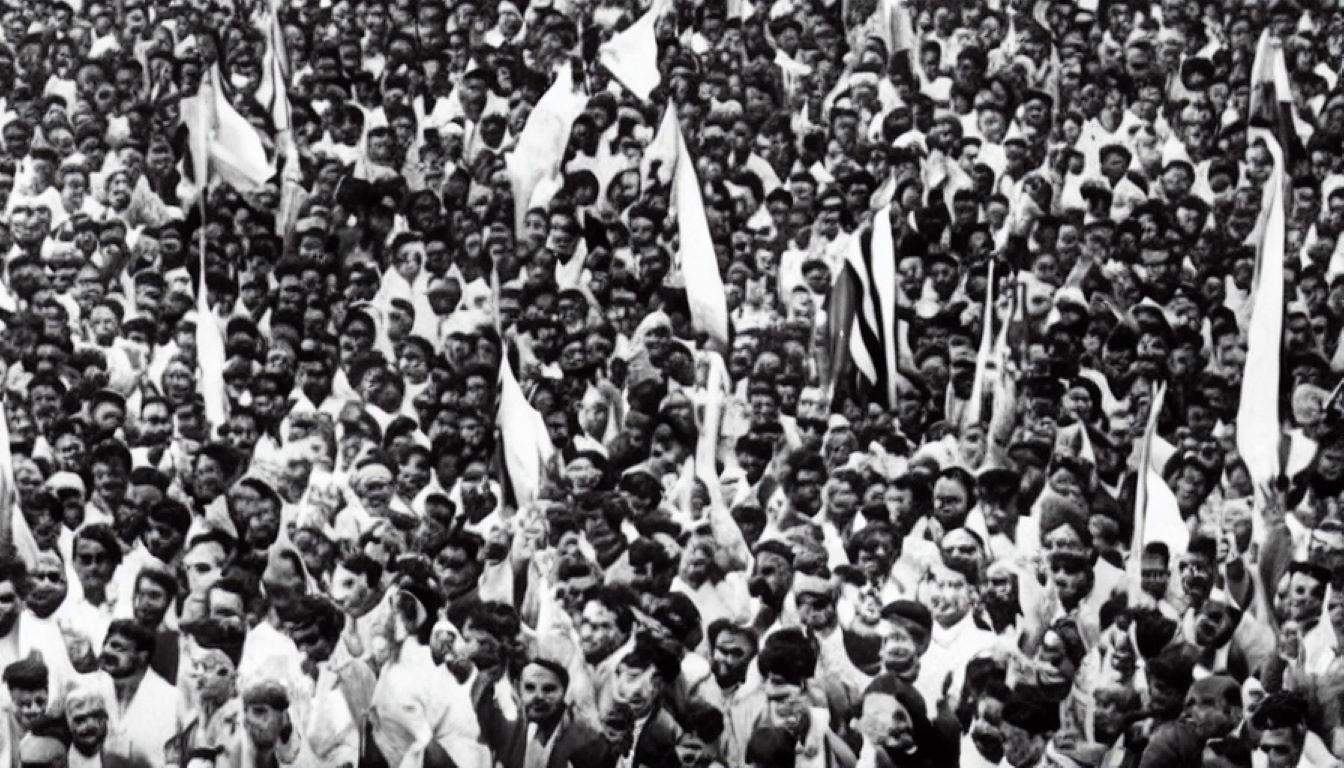The state-sponsored Sikh genocide in 1984 remains one of the most blood-curdling episodes of carnage in modern history. Pertinently, the pogrom happened when the fascist Hindutva forces were still three decades away from taking control of Indian politics and India’s institutions.
In June of 1984, Prime Minister Indira Gandhi gave the green light to Operation Blue Star which was aimed at launching an armoured assault on the most sacred seat of Sikhism: Golden temple at Amritsar in Punjab. The wanton attack killed thousands of civilians, turning the Golden Temple, or Darbar Sahab as the Sikhs fondly call it, into a large pool of blood littered with human bodies. Indian Army soldiers, in a brazen display of arrogance and insensitivity, took pictures with dead bodies as war trophies. This shook the Sikhs the world over. They had never thought that a nation that they had watered and nurtured with their sweat and blood would treat them in such a gory manner. Calls of revenge started coming. As a consequence, on October 31, 1984, Mrs. Gandhi was assassinated by two of her Sikh bodyguards.
Her assassination provided an opportunity to the rabid Hindu mobs in India to carry out genocidal killings, particularly in India’s capital city, New Delhi. Just days later, Time Magazine reported: “Frenzied mobs of young Hindu thugs, thirsting for revenge, burned Sikh-owned stores to the ground, dragged Sikhs out of their homes, cars and trains, then clubbed them to death or set them aflame before raging off in search of other victims. The mobs walked the streets of New Delhi, gang-raping Sikh women, murdering Sikh men and burning down Sikh homes, businesses and Gurdwaras (Sikh houses of worship). Eyewitness accounts describe how law enforcement and government officials participated in the massacres by engaging in the violence, inciting civilians to seek vengeance and providing the mobs with weapons”.
This situation was no different from the 2002 Gujarat genocide of Muslims under the watch of then chief minister of the state Narendra Modi. The widespread massacre of the Muslims in Gujarat catapulted Modi to political stardom in India and it was the first step for him towards prime ministership of India, which neutralised many more serious contenders in the party. Overnight, Modi became an icon, a symbol of the Hindu power in the eyes of the majoritarian Hindus.
It’s pertinent to mention that Hindu majoritarianism isn’t a recent phenomenon in India. Right from its independence in 1947, Congress played every communal trick in the book that Modi’s fascist regime employs now to keep a firm grip on power, but the only difference is that Congress did it more tactfully and didn’t do it brazenly.
Many structural reforms were made by the Hindu establishment to run an apartheid in India after its independence from the colonial rule. It included division of Punjab by carving out the state of Haryana in 1966. However, post-1984 Sikh genocide, changes were made in the Indian Army, where native units like the Sikh infantry battalions were completely barred from having Sikh officers in its chain of command.
Post-1984, it hasn’t been a smooth ride for the Sikh community in India.
The current farmers’ protests across Punjab and its neighbouring states aren’t the first of their kind by the Sikh community. Hindutva media and propaganda machinery have already labelled the protests as “Khalistani terrorism.” The fact is that the farmers’ movement is a bonafide protest against the unholy and ominous nexus between the omnipotent Hindutva establishment and crony capitalists of India, who are a reservoir of funding for the Hindu right in India, not just for electoral purposes but also for what they call the Akhand Bharat or Greater India project which is an expansionist ideology that has already destabilised the region and led to India’s sponsorship of multiple terrorist movements against its neighbours as well as multiple projects aimed at crushing the resolve and self-respect of minorities, especially the Muslims, of India.
While Sikhs are often given a false reassurance that they are stakeholders in India, the facts on the ground debunk such assertions. Truth be told, Sikhs, like other minorities, are serving an apartheid in India, run by the Hindu right. Nothing much has changed for them from 1984 to 2020. Sikhs are as alienated in India as Muslims and Christians. And it’s in this backdrop that the community and its global supporters have started seriously thinking for themselves, and rightly so.





















